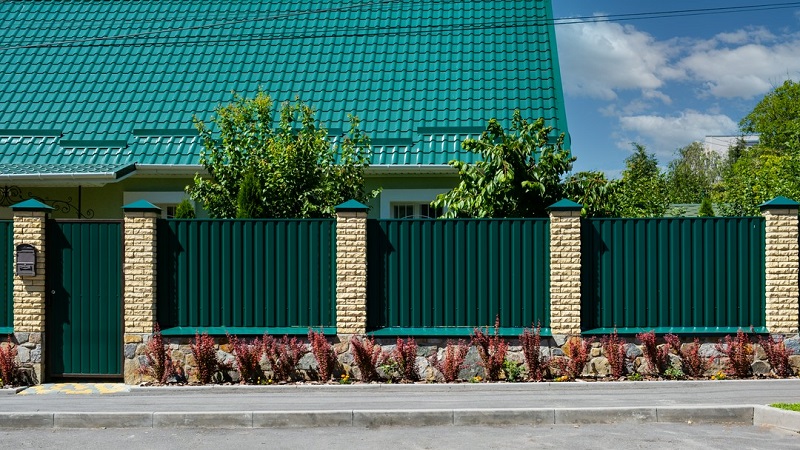Machining options for aluminium fence panels
Have you ever considered using aluminium as a fencing material? Aluminium panels are both lightweight and durable, and the variety of treatment methods available allows you to achieve a unique look. In this article, we will look at three popular methods of machining aluminium fence panels.
Current powder coating techniques
Powder coating is a process in which paint in powder form is applied to the surface of aluminium using an electrostatic method. The panel is then heated in an oven, which causes the paint to melt and harden, adhering to the surface. This painting technique ensures excellentdurability and resistance to weathering. In addition, powder coating allows for a wide range of colours and surface effects that can be customised to suit individual customer preferences. This gives modern aluminium fences a unique and aesthetically pleasing appearance.
Interesting anodising methods
Anodising is another method of treating fence panels with aluminium, involving the formation of a layer of aluminium oxide on the surface of the panel. This process Increases material resistance against corrosion and scratcheswhile giving it a unique appearance. Anodising can take place in different colours, which depends on the dye used during the process. It is also worth mentioning the possibility of creating interesting visual effects by mixing different shades of anodising. Such aluminium panels are not only durable, but also original and visually attractive.
Reliable bending and welding methods
The last technique for processing fence panels made of aluminium that we would like to present is the bending and welding methods. Thanks to these processes it is possible to give the panels any desired shapeThis makes it possible to achieve unique structures. Bending consists in bending the panels in appropriate places with the use of specialised machinery, while welding is used to join the individual parts of the structure into a single whole. This treatment is particularly important when designing fences with unusual patterns or geometric shapes, which are intended to be a decorative element of the property.
